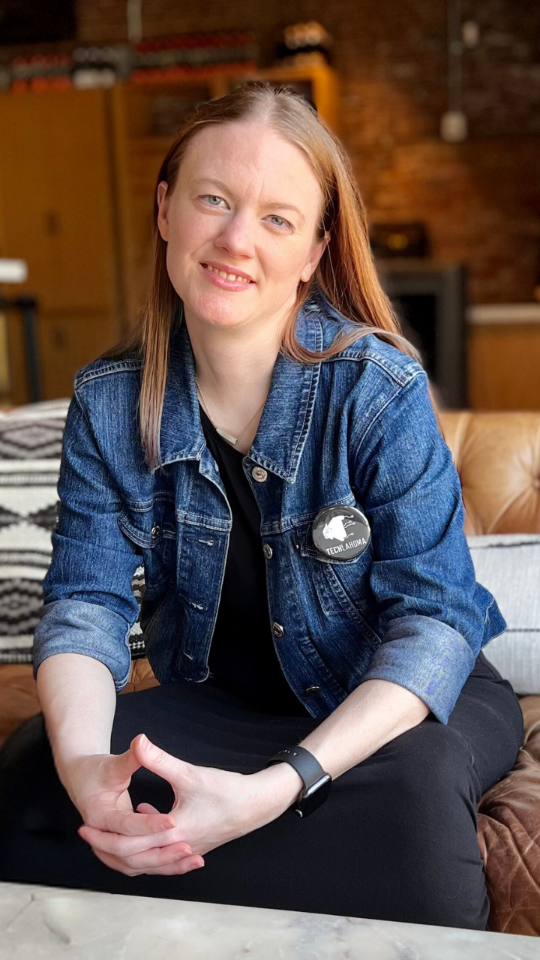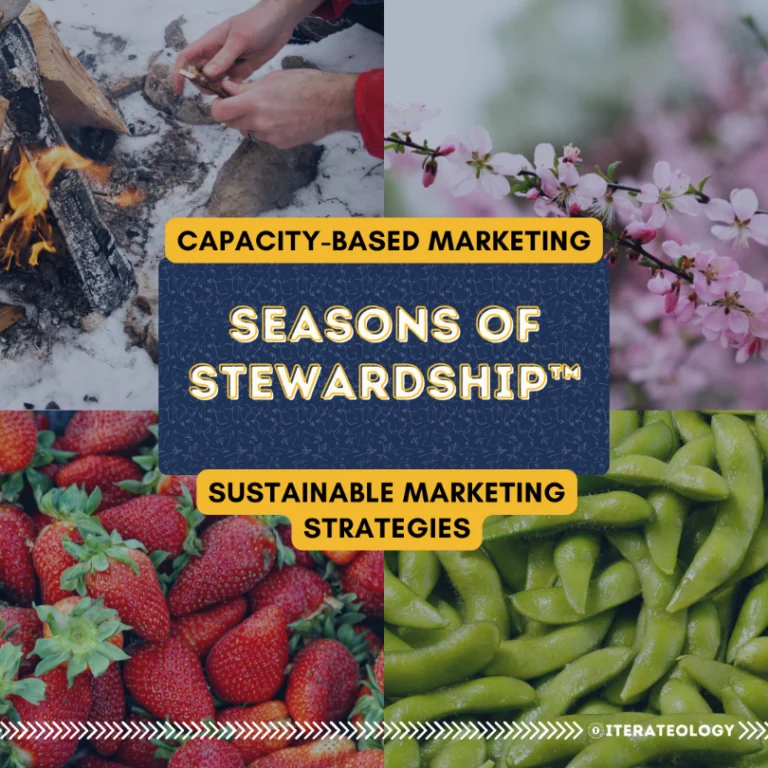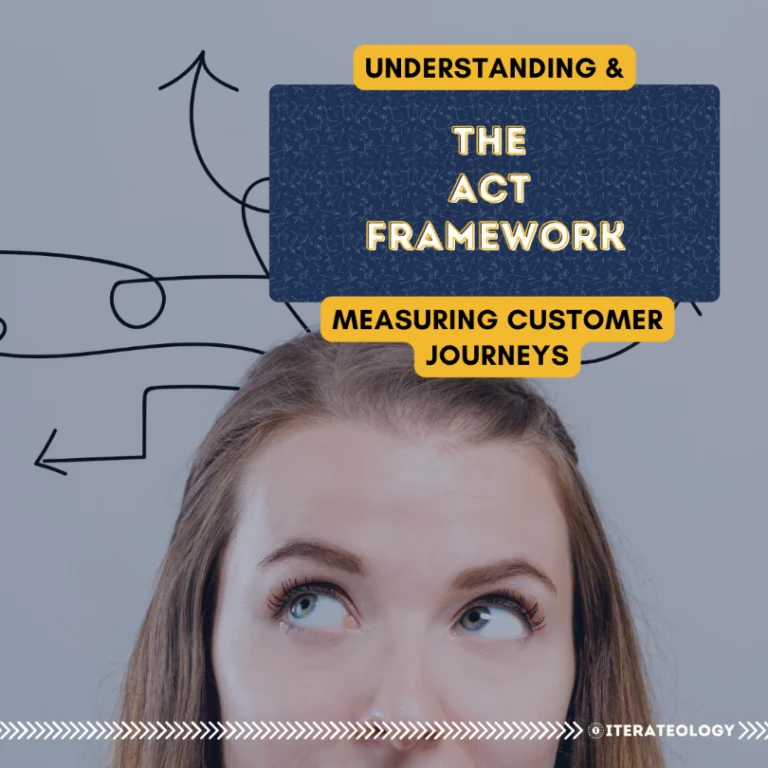Content Marketing Strategy for Coaches: Focusing and Optimizing What Works, Not Just Creating More Content
A content marketing strategy for coaches shouldn’t be about creating endless content – it should be about leveraging what works. Instead of constantly chasing new posts, emails, and videos, focus on optimizing high-impact content that brings in leads and engagement. By refining your best-performing content and tracking key metrics, you can build a sustainable, effective marketing strategy without burnout. Here’s how to shift from content overload to content that truly drives growth.
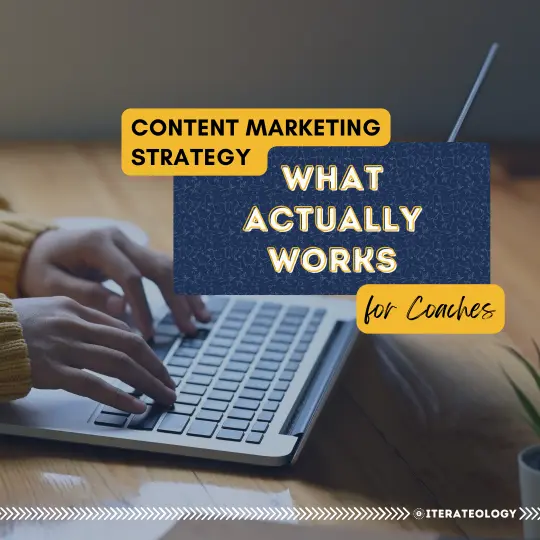
Content Marketing vs. Content Strategy vs. Content Optimization: Are You Creating Too Much?
Many coaches are told to “just keep posting” – as if visibility alone guarantees growth. But when we look at content marketing vs. content strategy, the difference becomes clear:
- Content marketing is the act of creating and distributing content.
- Content strategy is the why, what, and how behind that content and what it’s meant to do inside your marketing ecosystem.
If you’re creating content without measuring its performance, you’re doing the former without the latter. And that’s what leads to burnout, not growth.
The Problem with the “More Content” Mentality
Many coaching CEOs feel the pressure to post daily, churn out blog after blog, and be active on every social media platform. But here’s the reality when you aren’t using a content marketing strategy for coaches:
- Posting every day (or multiple times a day in your favorite bizfluencer’s recommended mix) won’t guarantee more leads.
- Writing more blog posts won’t necessarily increase your authority or attract the right people who will buy from you.
- Being everywhere at once can dilute your message instead of strengthening it.
These approaches aren’t scalable – and are rarely strategic.
More content doesn’t mean more leads. More effort doesn’t guarantee more results. (Here’s why traffic alone doesn’t mean growth.)
If your content isn’t moving the needle, it’s time to optimize – not add more noise.
Not every piece of content contributes to your business growth. The goal isn’t to create more – it’s to measure what’s actually working and double down on that.
What Coaching CEOs Should Measure Instead
Instead of asking, “How much content am I creating?” shift your focus to, “Which content is already driving the best results?”
Here’s where to look:
- Top-performing blog posts – What blog posts bring in the most traffic and leads?
- High-engagement social posts – Which social posts get the most saves and shares (not just likes)?
- Email performance – What email subjects get the most replies and clicks?
Content that quietly works for you is more valuable than any piece created just to keep up with the latest trend – especially when you’ve mapped out a measurable marketing ecosystem that compounds over time. When you know what content is already working, you can create more of the right things – and stop wasting energy on what doesn’t.
Action Step: Use Google Analytics 4 (GA4) and to go to Engagement → Pages and Screens. Identify:
- Pages with the most time on-site or engagement rate
- Posts that lead to conversions (set up “generate_lead” as a custom event for this)
- Referral traffic that turns into subscribers or clients (set up “generate_lead” and “purchase” recommended events in GA4 for this.)
Example of what this looks like in practice:
Let’s say you’re a life coach with dozens of blog posts. After reviewing GA4, you notice one older post keeps showing up in your top traffic pages – and it consistently leads to newsletter opt-ins.
Instead of writing something new, you:
- Refresh and optimize the post for SEO
- Add a lead magnet directly tied to the topic
- Create a carousel from it for Instagram and link back to the post
- Take the content and turn it into a YouTube video you can embed back on the page to increase time on site AND start showing up in video searches as well!
Now, one optimized piece of content is consistently bringing in warm leads by leveraging what’s already doing well.
Download the GA4 Guide for Coaches to get step-by-step tracking help.
How to Track High-Impact Content in GA4
To move from content overload to content optimization, you need to go deeper than surface-level metrics. Google Analytics 4 (GA4) can help you identify which content is quietly pulling its weight – so you can do more of what’s actually working.
Google Analytics 4 (GA4) can help you measure:
- Which blog posts attract organic traffic and convert leads.
- What landing pages keep visitors engaged the longest (and drive opt-ins or purchases).
- What referral sources bring in the highest-quality traffic—people who actually become leads or clients.
Action step: In GA4, navigate to Engagement → Pages and Screens to identify your top-performing content. Bonus: Set up “Leads” as a custom event to get even deeper insights. You can also use the Acquisition → Traffic Acquisition report, add “Session Source/Medium” to the Default Channel Groupings shown to see which channels are doing the things you need them to:

Example of what this looks like in practice:
Let’s say you’re a mindset coach with dozens of podcast episodes embedded across your site. When you review Pages and Screens in GA4, you notice that episodes with blog recaps keep visitors on the site longer, and those pages also correlate with lead magnet downloads. You decide to double down by creating recap pages for your top 5 episodes and optimizing each with a CTA and custom lead tracking. The result? Higher engagement and more qualified leads without creating a single new episode.
How to Optimize Instead of Over-Creating
You don’t need a new content calendar—you need a smarter one. Once you identify what’s working, refine it rather than reinventing the wheel.
- Repurpose your best content: A high-performing blog post can become a lead magnet, a YouTube video, or a social post series.
- Upcycle older content: A post that did well last year can be updated, expanded, or re-shared.
- Double down on what resonates: If an email topic sparked conversation, consider turning it into a webinar or training.
Instead of chasing new ideas, leverage what has already proven valuable.
Action Step: Review your existing content and flag pieces with high engagement, lead conversions, or long time-on-page. Create a short list of your top-performing pieces and plan how you might repurpose them across your marketing channels, update or optimize them for SEO, and expand them into higher-converting assets like lead magnets, training videos, or even products or courses.
Example of what this looks like in practice:
Let’s say you’re a leadership coach. You noticed a past email about “boundaries in client work” got more replies than any other newsletter you’ve sent. Instead of moving on, you turn that topic into a three-part email series, a new podcast episode, and a short downloadable guide. That single insight becomes a mini content hub – anchored in data, not guesswork.
Content That Lasts Longer = Smarter Marketing
Not all content is created equal. If you want a marketing strategy that grows with you, prioritize content with staying power.
Not all content has the same lifespan:
- A tweet or thread might last minutes.
- An Instagram post could have visibility for 48 hours.
- A blog post or well-optimized SEO content can drive traffic for months—or even years.
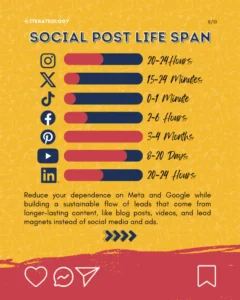
If you’re constantly chasing short-term content, you’re in a cycle of always starting over. Prioritizing long-form, evergreen content creates marketing assets that work for you long-term.
Instead of:
- Posting daily just to stay visible
- Creating content for the sake of consistency
Shift to:
- Optimizing what’s already performing well
- Creating content with a long-term return on investment
- Measuring impact before adding more to your content calendar
Action Step: Identify content that’s been performing well for 3+ months (or performed the best in that time frame.) Use tools like SEMRush to see which keywords are bringing in traffic to your site. Add internal links (a.k.a. links to other content that’s on your site) and updated calls-to-action (CTAs) to turn old-but-relevant content into new business.
Example of what this looks like in practice:
Imagine you’re a business coach whose blog post on “setting client expectations” ranks on page one for a niche keyword. You update the post with a new intro, swap in a lead magnet, and turn it into a YouTube video linked from the page. Within weeks, your list grows, and the post is now pulling double duty as both an SEO asset and a nurturing tool.
The Real Shift in Content Marketing Strategy for Coaches: Moving From Content Output to Strategic Impact
It’s not about creating content nonstop—it’s about building a content marketing strategy for coaches that’s measurable, meaningful, and designed to convert.
When you stop treating content as a to-do list item and start treating it as a long-term business asset, everything shifts:
- You make decisions based on data, not pressure.
- You repurpose strategically instead of reinventing the wheel.
- You grow with clarity—not burnout.
If you want to create a coaching business with momentum, sustainability, and real impact, optimization—not output—is the path forward.
Want more tools like this delivered weekly? Subscribe to my newsletter below and get practical, sustainable content strategies that support real growth—not just visibility.

Other Posts in this series:
- Marketing Measurement Terms: A Guide for Coaches to Track What Really Works
- Lead Generation for Coaches – Why More Traffic Won’t Fix Your Marketing
- Marketing Metrics for Coaches: What to Track for Real Business Growth
- Marketing Ecosystem vs. Funnels: A Smarter Marketing Strategy for Coaches
- Content Marketing Strategy for Coaches: What Works, Not Just More Content (You Are Here)
- Paid Ads Strategy for Coaches: How to Amplify What’s Already Working
- Marketing Strategies that Align with Your Capacity
What’s One Piece of Content That’s Doing More for Your Business Than You Expected?
Let’s talk in the comments. What’s a blog post, video, or email that quietly brought in leads or sparked conversations? Share below — I’d love to hear what’s working for you!

